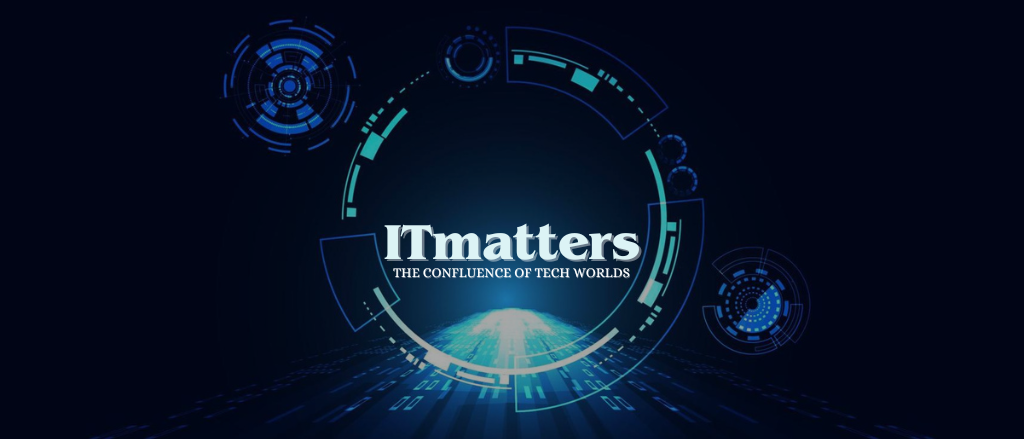
Artificial intelligence has made content creation easier, but many AI tools lack control and depth. Weber Wong, founder and CEO of Flora, believes most AI models are built for casual users, not serious creatives. With this tool, he aims to change that.
Launched this week, Flora is not just another AI generation tool. It provides a seamless interface for artists, designers, and creative professionals. Instead of replacing creativity, Flora enhances it by integrating AI models into an intuitive workspace.
What Makes This Tool Different?
Many AI tools allow quick content generation but lack customization. Traditional creative software, on the other hand, offers control but is often time-consuming. Flora combines the best of both worlds. It provides an “infinite canvas” where users can generate and refine text, images, and videos.
Wong emphasizes that the power of Flora lies in its interface, not the underlying AI models. Users can start with an idea, refine it step by step, and visualize changes in a structured way. This approach offers greater creative control, making Flora an essential tool for designers and artists.
Designed for Professional Use
Flora is currently collaborating with top design agencies, including Pentagram, to fine-tune its features. Wong’s goal is to help designers create high-quality work faster. For example, a designer can generate a logo concept and explore 100 variations instantly. This workflow enhancement mirrors how musicians transitioned from needing an orchestra to creating music independently with digital tools.
Addressing AI Skepticism
Many artists remain skeptical about AI’s role in creative industries. Some worry about ethical concerns, including AI models trained on copyrighted content. Wong clarifies that Flora does not train its own AI models, relying instead on third-party tools. He assures users that Flora will follow ethical and societal standards.
Flora is built for the “AI-curious” rather than AI enthusiasts. While some artists reject AI outright, Wong believes Flora’s practical benefits will eventually win over skeptics.
How It Works?
This tool provides a structured way to interact with AI models. Users start by generating a base image or text. They can then refine it with additional prompts, exploring different variations in a visual layout. The infinite canvas makes it easy to track changes, collaborate, and iterate efficiently.
To showcase its capabilities, the startup launched an interactive project where users could stylize live video footage from a GoPro attached to Wong’s head. This experiment demonstrated real-time AI-powered creativity.
Funding and Availability
This tool has secured funding from investors such as A16Z Games Speedrun, Menlo Ventures, and Long Journey Ventures. It also has support from industry experts from Midjourney, Stability, and Pika.
It offers a free version with limited projects, while the professional plan starts at $16 per month. This pricing makes it accessible for independent creators as well as large design teams.
The Future of AI in Creativity
Wong wants Flora to empower artists rather than flood the internet with low-quality AI-generated content. His team even plans to create “Anti-AI Slop” merchandise to emphasize their commitment to quality.
Just like Kodak’s Brownie camera made photography accessible without replacing professional photographers, Flora aims to make AI a valuable tool rather than a substitute for creativity. By providing control and flexibility, it bridges the gap between AI and professional artistry.
